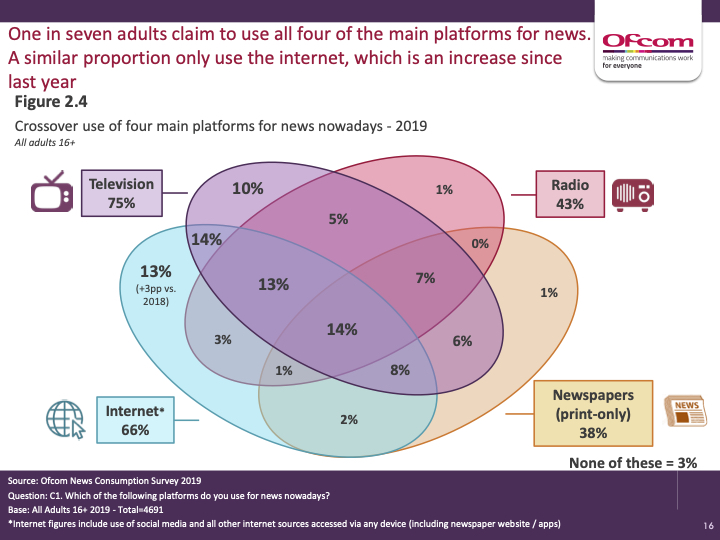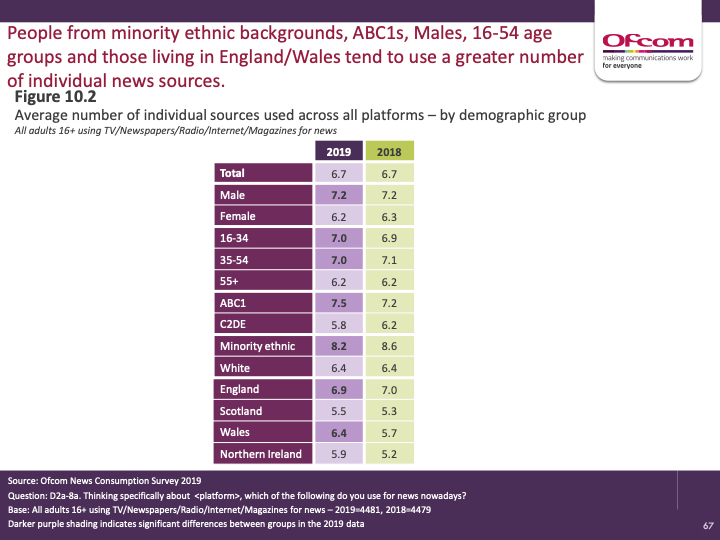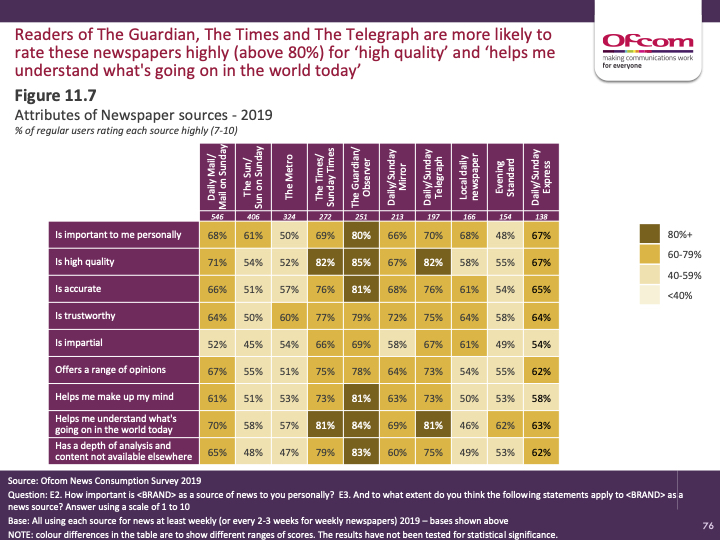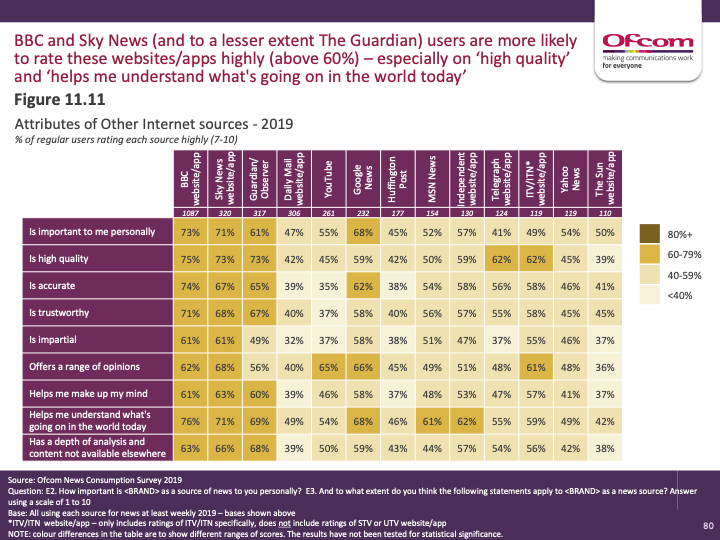February’s soundtrack is heavy. Three non-fiction books. Two of which focus on economics, the third gets heavier still by diving into eugenics and race. Enjoy.
Month in numbers
| Books completed | Hours | Minutes |
| 3 | 31 | 58 |
The Third Pillar: How Markets and the State are Leaving Communities Behind, Raghuram Rajan
Raghu Rajan is an economic rockstar. A professor at Chicago, former governor of the Indian central bank and former chief economist at the International Monetary Fund. So when a friend recommended his book, it seemed a no brainer.
It is a book of its time. The consensus that capitalism needs to adapt if it is to thrive is well established, but this book pushes into the area where that consensus breaks down: what does the next political and economic era look like?
Rajan’s answer, briefly, is that the modern world is built on three pillars: the state, markets and community. He argues that the pillars are imbalanced and that community must be strengthened in relation to the state and markets.
The argument is made in two parts. There is an historical overview which cites a number of examples, including the reign of Charles I in England. This section is engaging and a good scene setter for the meatier part of the book.
In the second part, Rajan looks at the current world. He looks across the globe at the rise of populism in large and emerging economies and what can be done to tackle it.
Localism is the recurring theme. How do we empower local communities without creating friction within national economies?
In the case of India, Rajan switches tack arguing that here the state is the weakest pillar. He also provides some interesting views on the never ending debate about the merits of China’s centralised, one party system and India’s sprawling democracy. He comes out, unsurprisingly, on the side of democracy.
The look at emerging markets is the most fascinating part of the book. It is no secret that his tenure at India’s central bank saw many good reforms but also a lot of disagreement with the government. When he writes about India, the passion shines through the economic theory.
Finally, a side note on narration. Non-fiction books seem to suffer from monotone, nondescript narration and this one is no different. I imagine budgets are tight but the soul of this book really was lost. Also, would it hurt to research the pronunciation of names and regions?
The Great Persuasion: Reinventing Free Markets Since the Depression, Angus Burgin
Having finished one heavy economic tome, I decided to bowl straight into another. And for good reason. Ideas are all well and good, but it’s how they are spread that really makes a difference. How is the battle of ideas won?
The Great Persuasion looks at the rise of neo-liberal economics from the ashes of laissez-faire economics that dominated until the Great Depression. It looks at the rise of Keynesianism and how, as that ideology became dominant, those who believed in market based approaches reframed their thinking, challenged their assumptions, built news ideas and helped them to become dominant from the late-70s and onwards into the Reagan era.
Burgin takes a sensible approach, taking us through the timeline by providing pen portraits of the main protagonists rather than dryly plodding through the facts. I found it hugely interesting. Many of the main players, (Hayek and Friedman, for example), will be familiar to anyone with a little knowledge of economics, but Burgin brings these people to life, so you get a sense of what drove them.
The author also provides interesting insights into the development of the Chicago School’s reputation as a hub for neo-liberalism and the history of the Mont Pelerin Society.
This is an excellent book, but again the narration is a real let down. It made listening hard work.
Superior: The Fatal Return of Race Science, Angela Saini
If something good came out of February’s eugenics row, it was my discovery of the work of Angela Saini. I apologise now, because the following paragraphs are essentially just a series of uncritical praise.
The first and best thing Saini does is get straight to the point instead of blinding people with science. She makes her case and then draws on the science to prove it. She does it in an engaging way – her style is understated, matter of fact and slightly dismissive in the best way.
The subject matter itself is obviously complex, but Saini’s examples make it relatable easy to understand. She runs through historic instances as well as contemporary ones.
What Saini does most brilliantly though is explain how human some of the errors that have been made around eugenics are. About the faults in the underlying assumptions, the way people start with their world view and project it onto the data, or how well-intentioned beginnings quickly veer off into dark avenues.
Ultimately, this book makes clear that race is both artificial and superficial, that environmental factors play a huge role in all our lives and that not only is the search for an intelligence gene likely to prove fruitless, we’ve not even got to the point of agreeing what intelligence is.
The narration is done by the author. It’s the best narration I’ve heard this month (the competition wasn’t really strong).
This really should be the next audiobook you download.



